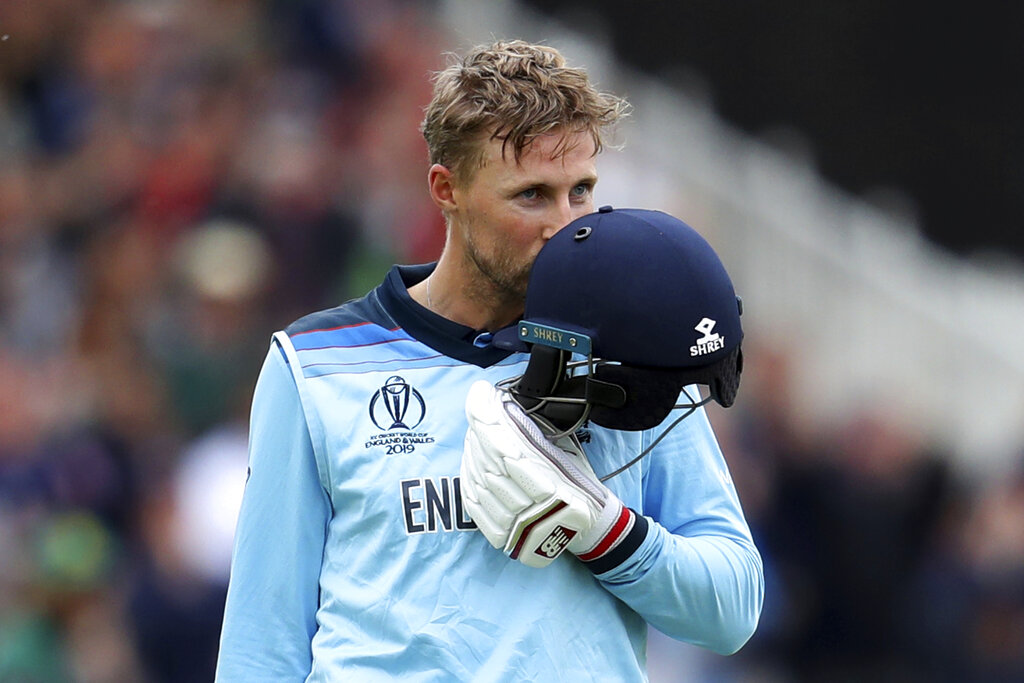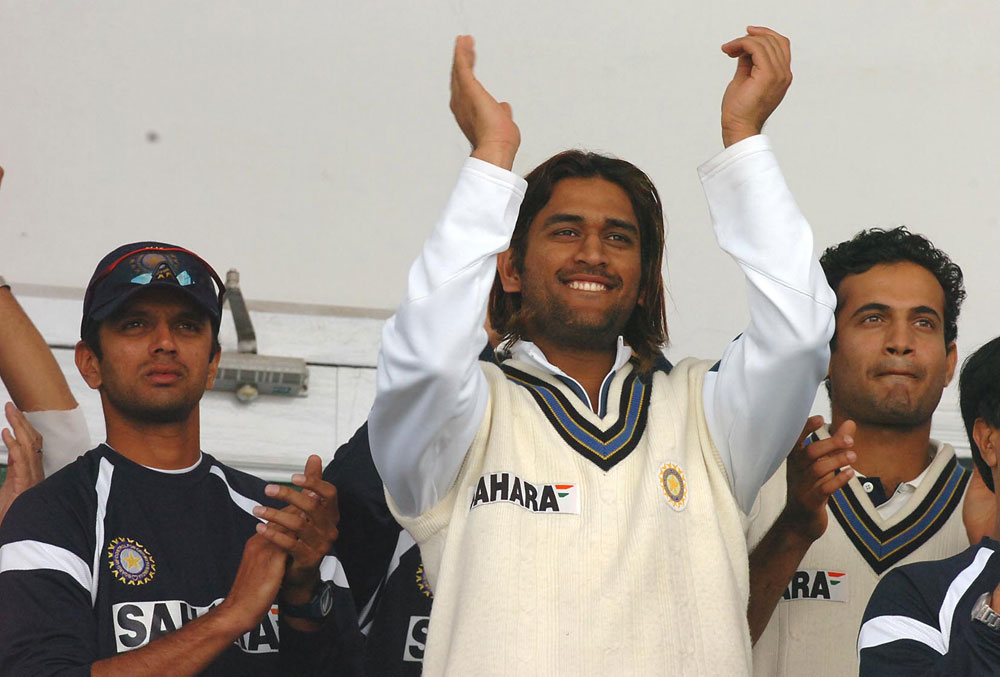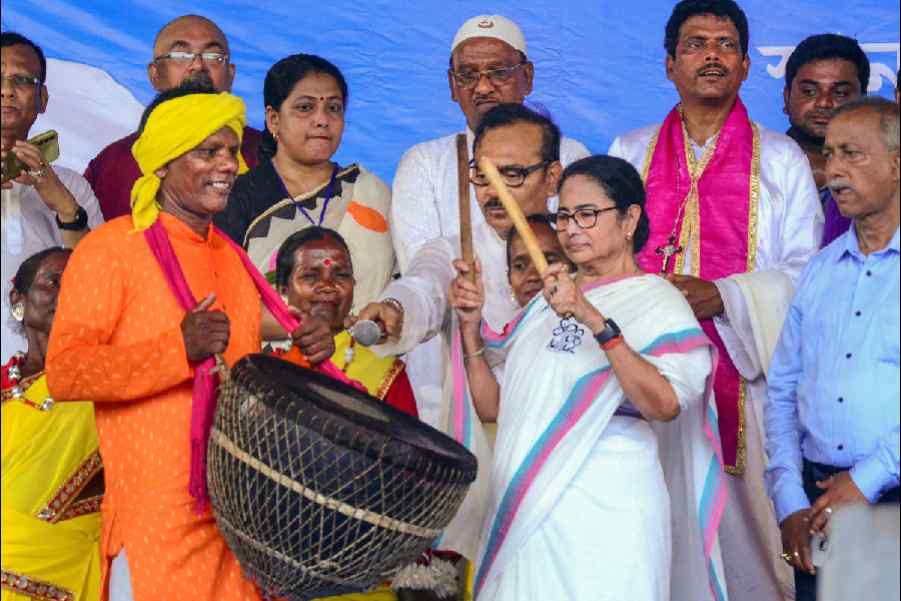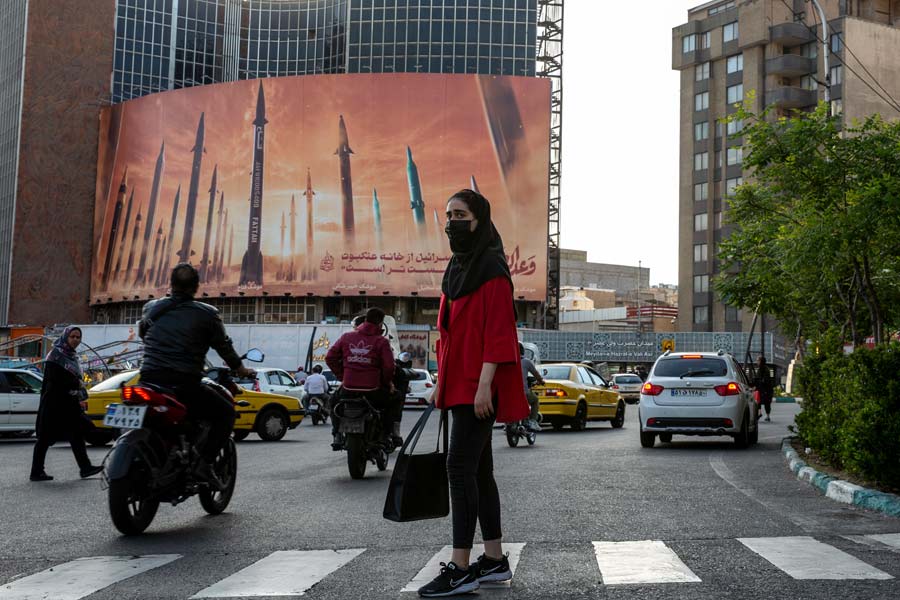The 2019 World Cup could not have come at a more crucial time for English cricket. The game is at an important crossroads in the land which invented it; a wrong turn now and English cricket may never recover. The reason is that for all the talk of diversity, those who watch English cricket are overwhelmingly white and getting older, “stale, male, pale” as the saying goes. Over the past seven years, ticket buyers for professional cricket in England were 95 per cent white, 82 per cent male and 65 per cent with an average age of 50. Only 5 per cent of children aged between 7 and 15 years list cricket as their top favourite sport. Such is the state of the game that the Financial Times, which does not often write about sport, ran an article titled, “The Plan To Save English Cricket”. This plan is a new competition called The Hundred where each team faces hundred balls and the game finishes in two and a half hours, only a little longer than a football match.
And this is where the World Cup comes in. England invented the World Cup in 1975 but have never won it. They go into this World Cup as the No. 1 side and the favourites to win the trophy. The authorities hope that should England win, The Hundred will catch the World Cup wave and take off. But should England — they have been in three finals — prove to be chokers, once again, then The Hundred could prove to be yet another cul-de-sac for the English game.
What England would love is beating India in the final at Lord’s on July 14. Given that normally England’s greatest cricketing ambition is to beat Australia, this illustrates how India’s status in world cricket has changed since they won the World Cup in 1983. I was in the Lord’s press box that day and for much of the match I had to listen to the English and Australian press moaning that puny India was challenging the mighty West Indies. Then Kapil Dev took the catch of Vivian Richards, India won and almost overnight fell out of love with Test cricket and took to its new love: one-day cricket. However, despite this, in 1999, the last time the World Cup was held in England, India was still very much the outsider.
Now India is the money-bags of cricket. English cricketers care more about playing in the Indian Premier League than county cricket and England has altered its domestic competitions to accommodate India’s premier tournament. When the IPL started, English cricket rubbished its city-based franchises. Next season’s The Hundred will see IPL-style city-based teams.
Just as significant is how since 1999 the power of the Indian diaspora in this country has grown. India’s matches will be so packed with Indians that when they play India, English cricketers will feel they are playing in India. And when India play Pakistan in the match of the tournament, the subcontinent will come to England. The venue will be Old Trafford as it was in 1999 when India won. Unlike 1999, when despite the political problems the two cricketing boards were good friends, often combining to defeat England, this year saw cricketers join politicians calling for India to boycott the match. I am glad wiser heads prevailed for this is like no other match in world sport. The match has generated such interest that the organizer received 6,00,000 applications for a stadium whose capacity is 25,000. And if 1999 is any guide, then this match will provide riveting cricket with the doomsayers proved wrong.
In 1999, the British press was convinced that there would be mass rioting but while India’s victory did lead to some trouble, it was nowhere near the sort of football-style violence we are familiar with in this country. The only time I feared violence was when two youths squared up to each other as I walked round the ground. But then a middle-aged lady came up and told them to behave and they parted saying, “Sorry, aunty”, demonstrating the power of a strong subcontinental maternal hand even in a foreign land.
Whatever happens in the match, India will beat Pakistan in one area: the economic power of well-off Indians eager to use the visit of an Indian cricket team to parade their wealth. In 2011, M.S. Dhoni, three months after winning the World Cup, launched his foundation at a swanky hotel in London’s Park Lane, auctioning the bat with which he hit the winning six for £1,00,000. In 2017, the day after India beat Pakistan in their opening fixture of the Champions Trophy, Virat Kohli held a charity ball in a plush venue in London’s business district with Vijay Mallya in attendance and a table for ten going for £5,950. In the lead up to this year’s World Cup, there have been so many such dinners to honour Kohli and his men that one wit wondered when the team has had time to practise.
To cap it all, in Kohli they have a leader who could not be more different than any other previous Indian captain. During last year’s tour of England, he blew kisses to his wife after scoring hundreds. In this World Cup, he posted a selfie with England’s football captain, Harry Kane, when the pair met at Lord’s having interacted over tweets for nearly two years. This is very much the new, young India, which does not come to England still fearing the English and interacts with the wider world on the basis of equality in the way previous generations of Indian cricketers did not. All this may not lead to Kohli lifting the trophy, but it emphasizes that this is a World Cup where India has a champion who sets the standard for world cricket.












